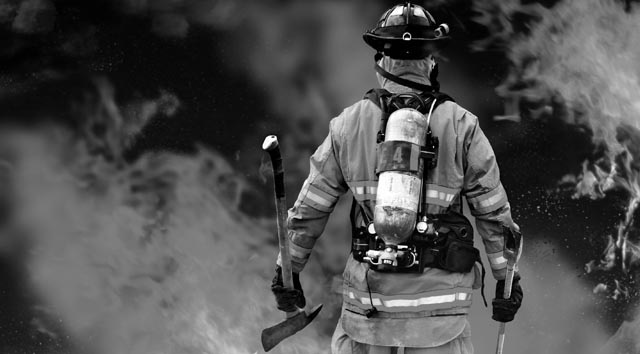Responsible Emergency Communications for the Middleprise

First of a Three-Part Blog Series
It is easy to think of emergencies as events that happen to other people. But times being what they are, whether you own, lease, or manage a Middleprise property, you need to understand the inherent responsibilities and comply with the requirements for handling and supporting public safety and emergency response situations.
Cellular in an Emergency
When considering the need for in-building wireless coverage at your property, you need to think beyond tenants’ and visitors’ use of their cell phone for business or personal communications.
Cell phones are now our go-to means of communication when an emergency occurs. We call 911 to report emergencies. We call family to let them know we’re okay, coordinate a meet-up, or tell them that we need help. We text for the same reasons. And we stream live video.
According to the National Emergency Number Association (NENA), approximately 240 million calls are made to 911 in the U.S. each year. In many areas, 70% or more of these calls are made from wireless devices. And most of those calls, 80%, were made indoors.
Also, while you may think of the call to 911 to report an emergency, you can forget that the 911 communication experience is really a two-way street. We also use our cell phones to receive information. Mass alert systems are the newest iteration of tolling bells, air-raid sirens and public address (PA) systems. These systems send a notification to all registrants when an emergency occurs or dangerous weather is in the area, often across a variety of communications like SMS, email, and social media. Many campus environments, initially educational campuses, but increasingly medical and business as well, have begun to employ mass alert systems. Seldom does someone walk away from their desk or move from classroom to classroom without their cell phone, so the surest, most reliable, and likeliest way that someone will receive an emergency communication, is their mobile phone. Because our cell phones are so tightly integrated into our lives, a robust, in-building cellular network is really a critical component of public safety communications, and not a simple convenience.
Whose Responsibility is It?
Most people think it’s the Mobile Network Operators’ (MNOs) responsibility to continuously improve their network. And for the most part, it has been the MNOs who have been extending and densifying their networks. MNOs are also very aware that they must maximize their return on investment (ROI) by improving their network in the ways that impact the largest number of their customers or prospective customers. It’s simply a business decision they need to analyze and, in some cases, extending their network for a few hundred people may not have a positive ROI.
That said, the burning question for a Middleprise building owner is what will the impact on your business be if your building does not have robust wireless coverage? It’s possible that marketability issues will have a negative impact on your ROI. Today smart tenants are raising the cellular connectivity issue early in their lease negotiations, and attracting the right tenant is a factor of connectivity and not location alone. Without a guarantee of cellular connectivity, you may not attract the caliber of tenant, get the lease length or maximize your properties lease revenue.
Just as tenants see strong coverage as a plus, insurance companies are also recognizing its value, and there is some discussion of giving property owners breaks in the form of reduced insurance premiums. Safety does have an ROI.
In the later parts of this series, I’ll explore First Responder Frequencies, Requirements and Challenges; and the Impact of Building Codes and Standards. In the meantime, check out some recent videos on Public Safety by Ken Sandfeld and Gregg Glenn here.